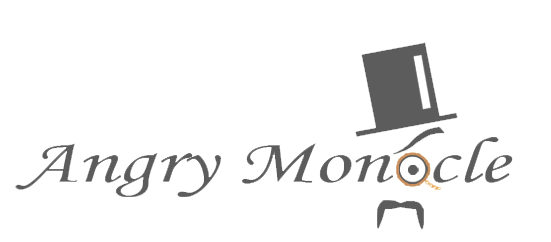This beer grew from a pair of divergent desires. I recently moved into a new place, and have found in the past that the best way to get people out to your new place is to offer them homebrew. However, when offering them homebrew, it is best to offer something they'll like; usually this means Belgians. But, I have also been craving hops! Now, in a contentious position like this, I'd usually brew a Belgian IPA, but I like to think of myself as an empiricist, and the data's pointing to Belgian IPAs as a failed style. Still, all hope was not lost, and I truly believe there is a good beer to be made blending belgian yeast with hops. In point of fact, many a Belgian brewer, from Dupont to Orval, has been known to dry-hop their beers, but living on the other side of the pond, and having to deal with that pesky US customs office, I am yet to enjoy a taste while the hop character lingers. So I decided to brew my own.
I'd planned on going with the Wyeast 1388, a stalwart ally in the struggle to brew belgian beer, but it was out of stock at Bob's Homebrew, and I settled on the 3787 Trappist High Gravity, which I've used with some success. I decided to dry hop with Chinook, since it gave the best results during my previous forays into hoppy belgians.
Calculated O.G: 1.072
Calculated F.G: 1.011
Expected Attenuation: 85%
Calculated ABV: 8.0%
Calculated IBUs (Tinseth):26
Pitching Temperature: 70 F
Starter: None
Fermentation Vessel: Bucket
2/10 - Added 3oz of Chinook
I'd planned on going with the Wyeast 1388, a stalwart ally in the struggle to brew belgian beer, but it was out of stock at Bob's Homebrew, and I settled on the 3787 Trappist High Gravity, which I've used with some success. I decided to dry hop with Chinook, since it gave the best results during my previous forays into hoppy belgians.
Calculated O.G: 1.072
Calculated F.G: 1.011
Expected Attenuation: 85%
Calculated ABV: 8.0%
Calculated IBUs (Tinseth):26
Pitching Temperature: 70 F
Starter: None
Fermentation Vessel: Bucket
| Other Fermentables | Amount | % | Max Pts. | |
| DME | 3.25 | 52% | 42.00 | |
| Cane Sugar | 1 | 8% | 46.00 | |
| Hops/Additions | Amount | Time | AA% | |
| Spalt | 1 | 60 | 3.9% | |
2/10 - Added 3oz of Chinook
